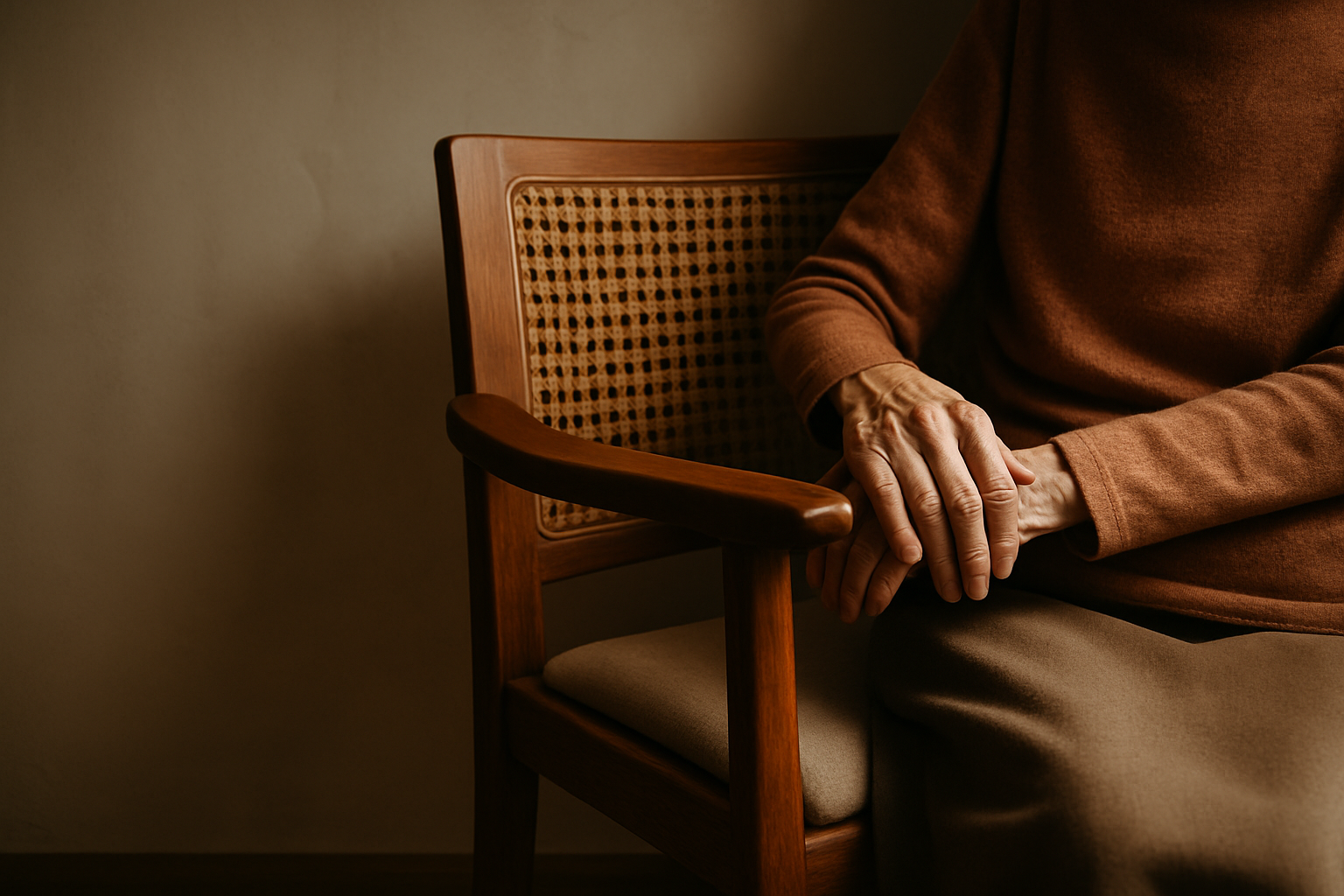Where Do We Draw the Line in Retouching?
The fine line between elegance and erasure.
📸 Introduction
We’ve all seen it — the porcelain-skin portraits, the poreless faces, the glowing, ageless smiles. In today’s visual culture, retouching has become default, almost invisible. But when you’re photographing age — real, beautiful age — the question becomes more than aesthetic. It becomes ethical.
I recently photographed an older woman. Strong presence. Beautifully expressive. She wore her years with pride. After gentle retouching — some color balancing, shadow reduction, a subtle skin tone lift — the image felt luminous.
She loved it.
But it left me wondering…
🎭 The Illusion of Agelessness
Retouching has become so embedded in modern photography workflows that its presence often goes unquestioned. In fashion, advertising, editorial work — and increasingly even in private portraiture — it’s assumed that a certain degree of post-production is part of the deliverable. Skin is softened. Shadows lifted. Texture reduced. Imperfections are corrected — or more often, erased.
But when the subject is an elderly person, the act of retouching shifts from routine to philosophical.
I recently completed a portrait session with a woman well into her 70s. She was composed, dignified, and aware of the camera in a way only someone with decades of lived experience can be. In post-production, I did what I usually do: adjusted lighting inconsistencies, balanced tones, cleaned minor distractions. Then I softened some facial shadows and lightly reduced the prominence of deeper lines. The result was clean, respectful, and — crucially — still her.
She was thrilled with the final image. But I was left uneasy.
Not because I thought I had done too much — I hadn’t. But because it raised a deeper, ongoing question for me as a photographer: how much retouching is acceptable when we work with subjects who are visibly aged? Where is the line between enhancement and distortion — and who defines it?
It’s easy to justify retouching in the name of “helping someone look their best.” But with age, the features we consider for removal — wrinkles, texture, pigmentation — are not anomalies. They are structural. They are time itself, rendered on the face. If we remove them, even subtly, we are not just enhancing a portrait. We are altering the visual record of a life.
There is a dangerous cultural subtext here. When we instinctively reach to “correct” signs of age, we reinforce a deeper narrative: that aging is inherently something to hide. This may not be our intention, but it is often the effect. Especially in commercial settings, where the pressure to present “timeless” beauty often becomes code for “ageless” — a standard that is both impossible and ultimately dishonest.
I have no interest in making older subjects look younger. I aim to make them look vital, present, and real — in a light that reflects dignity rather than denial. Some lines are part of fatigue, of lighting or momentary expression — and softening them helps the image feel balanced. But character lines, the depth and contour shaped by decades, should not be erased in the pursuit of visual harmony.
Photography is often called truth with a lens. But in post-production, we edit that truth. The ethical question is whether we’re correcting flaws or rewriting reality. There is no simple answer — but there is, I believe, a professional duty to reflect carefully.
My working principle is this: timeless, not ageless. A portrait should feel elevated, yes. But not fictional. The goal is not to return a subject to their youth, but to show them clearly — confidently — as they are now, in full presence.
It is not about resisting retouching. It is about retouching with restraint, and with respect.
💬 Let’s Open This Up
So here’s the question — to clients, photographers, editors, and creatives alike:
Where do you draw the line?
Should we lean into age, or gently smooth its edges?
And do clients really want the truth, or a kinder version of it?
Leave a comment below or message me privately. I’m curious: how do you define beauty and truth in an image?



